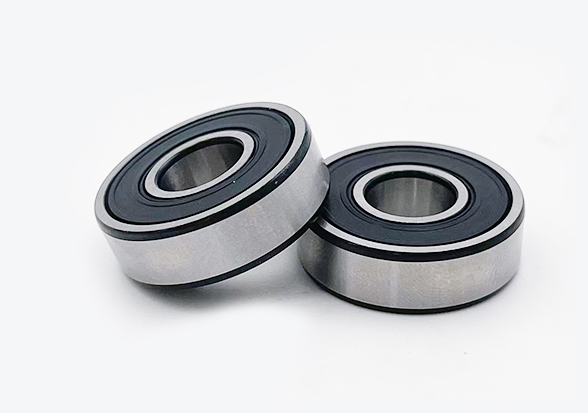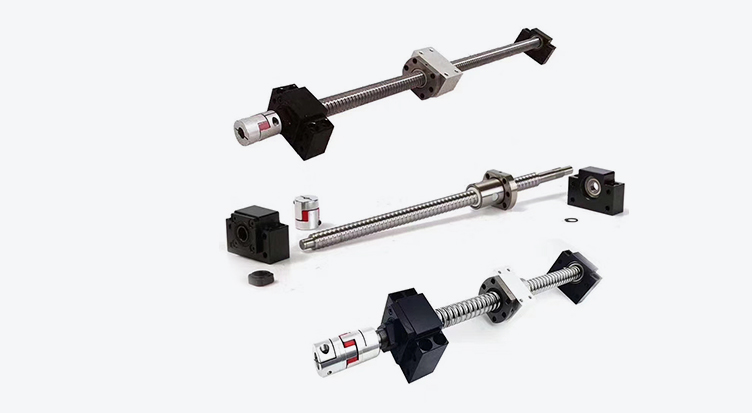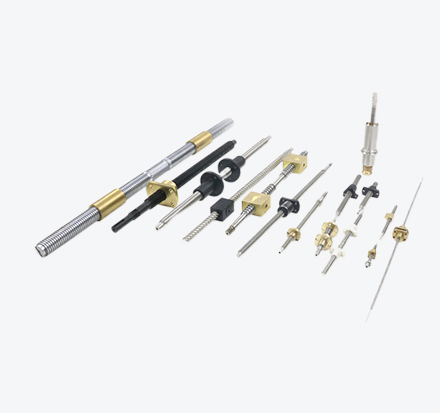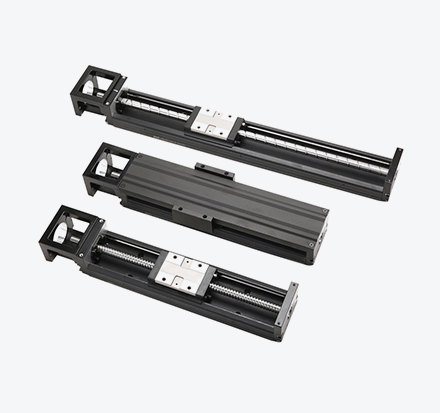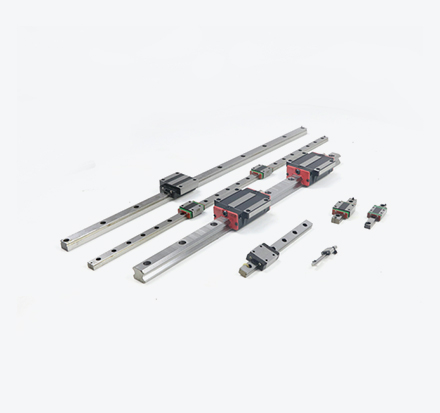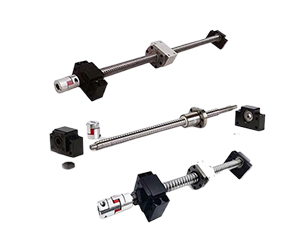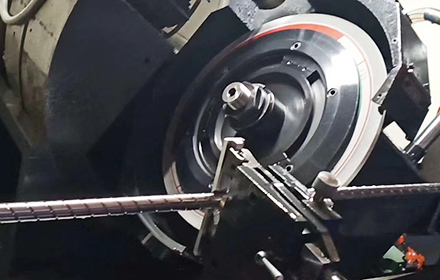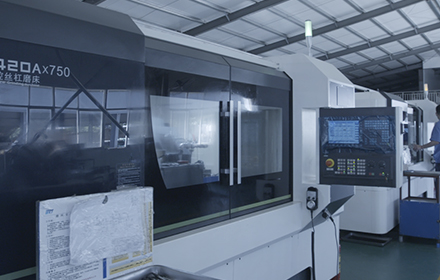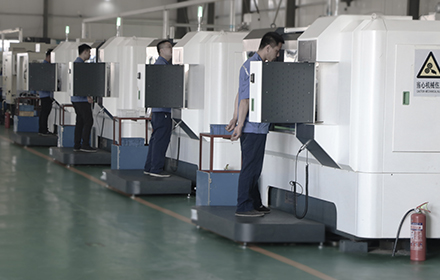The history of people using screws for transmission is not very long. Traditional screws have always been poorly positioned and easily damaged. It was not until 1898 that people first tried to insert steel balls between the nut and the screw to replace sliding friction with rolling friction, so as to improve its poor positioning and easy damage. Until recent years, ball screws have become one of the most widely used components in the industry.
1. Understanding of ball screw and sliding screw
Ball screws are ideal for converting rotary motion to linear motion, or linear motion to rotary motion. Ball screw is the most commonly used transmission element in tool machinery and precision machinery. Its main function is to convert rotary motion into linear motion lead screws, or convert torque into axial repeated force. It also has high precision, reversibility and high precision. Features of efficiency. Due to its small frictional resistance, ball screws are widely used in various industrial equipment and precision instruments. The ball screw is composed of screw, nut, steel ball, preloader, reverser, and dust collector.
Ball screw and sliding screw are the two most common types of ball screw types in mechanical equipment. For users who are new to the screw, they may not be able to tell the difference between the two: The ball screw is used for precision transmission, with high efficiency, flexible transmission, and good accuracy retention; The accuracy and efficiency of the sliding screw are a little worse than that of the ball screw, and the calorific value of the sliding screw is relatively large (it needs to be cooled when it is used for a long time), so its life is short.
2. The difference between ball screw and sliding screw
Transmission efficiency of ball screw and slide screw: The transmission efficiency of ball screw is about 90% to 99%. The transmission efficiency of the slide screw is about 25% to 50%. Driving the same large load using a ball screw can achieve higher application transmission efficiency, lower energy consumption, and higher precision.
The difference between the accuracy of the ball screw and the sliding screw: the accuracy of the ball screw is far beyond that of the sliding screw. Therefore, only ball screw rods can be installed on the detection instruments that require high precision.
The difference between ball screw and sliding screw in application: ball screw is mostly used in CNC machine tools, positioning workbenches and other occasions that require precise positioning transmission, and it is mostly used with servo motors and stepping motors; sliding screw rods are generally only used for occasions that transmit force, do not have high positioning requirements, and are not used continuously for a long time.
 English
English
